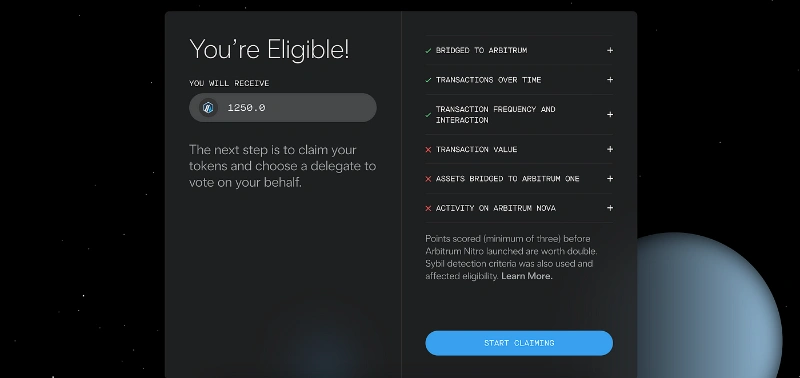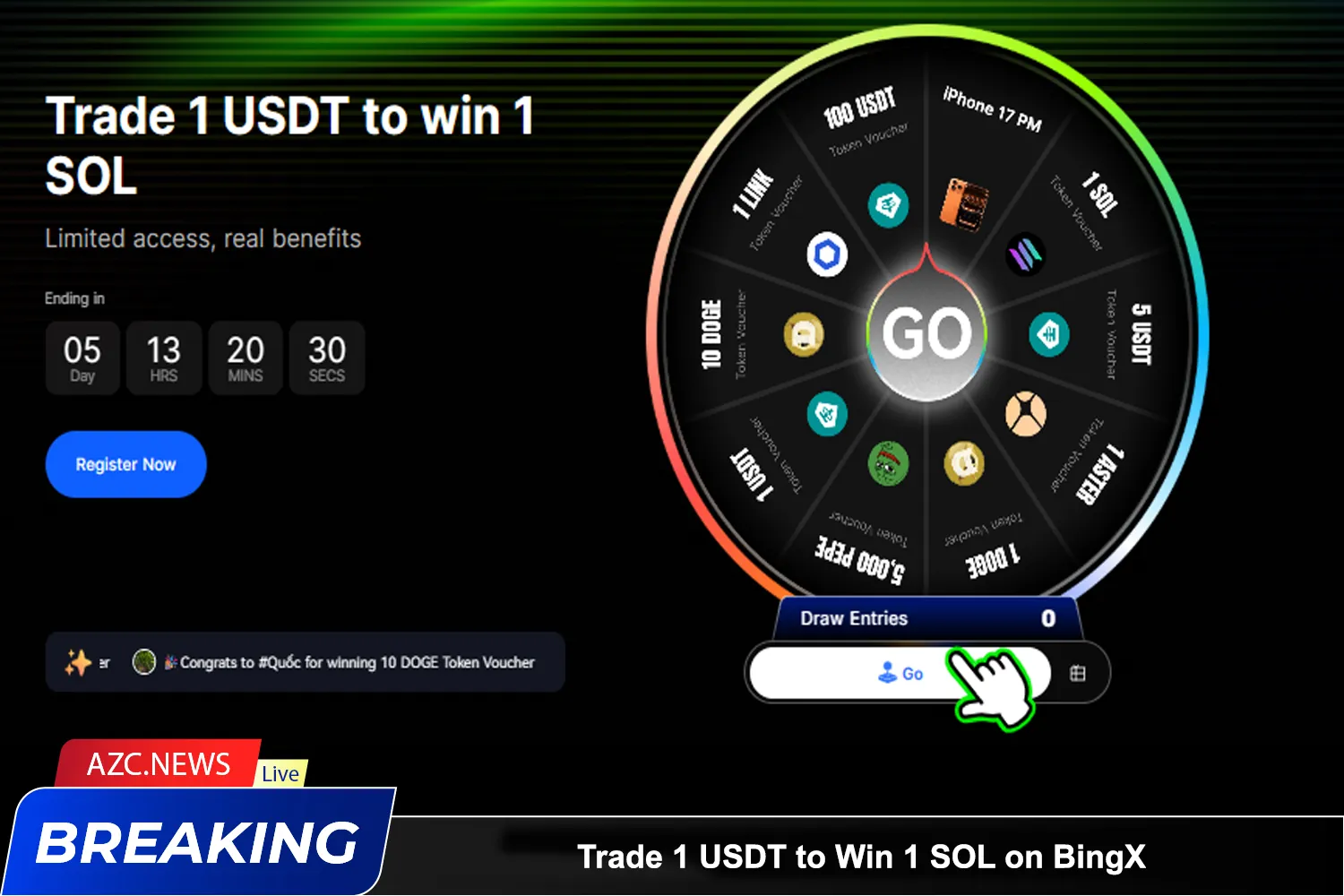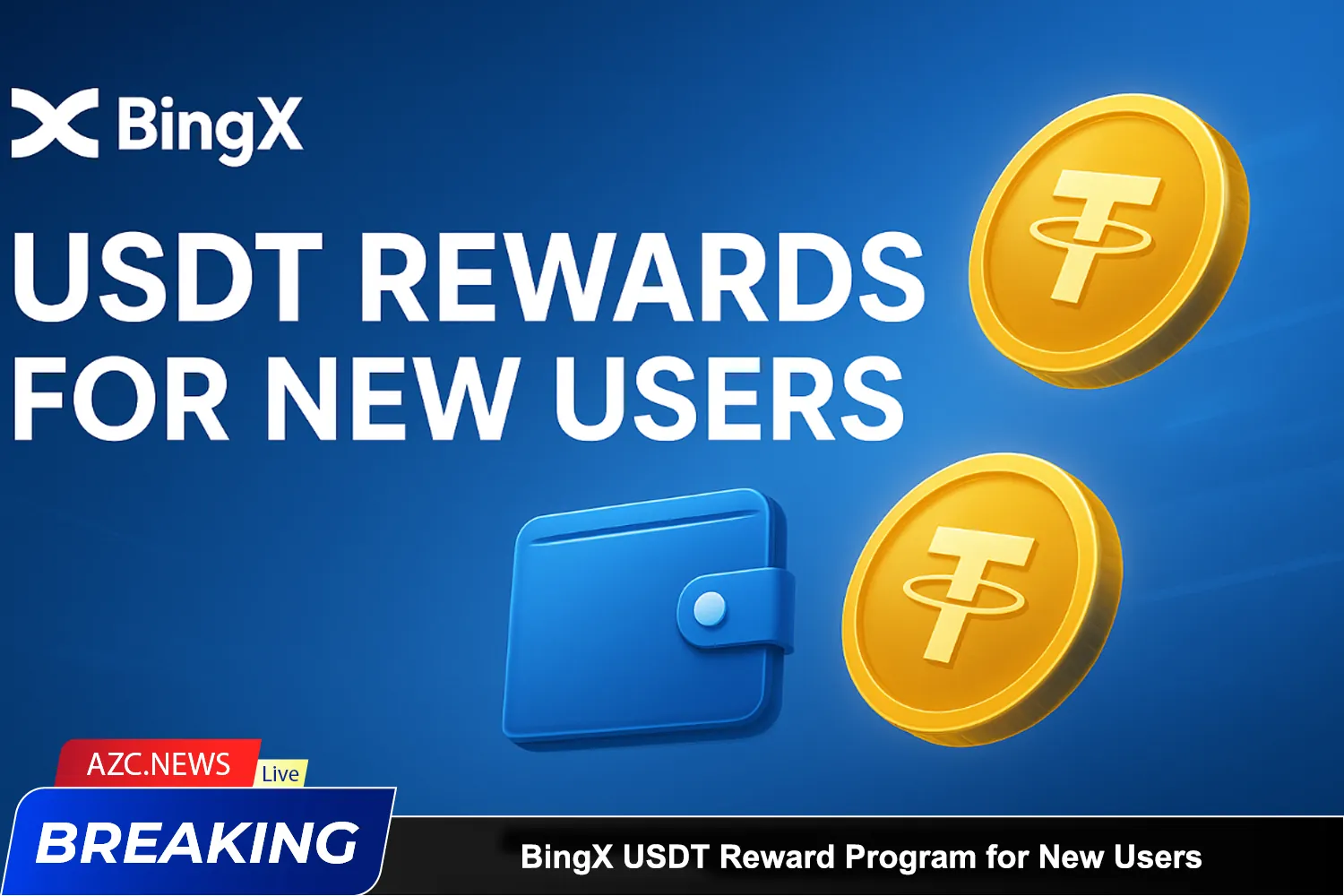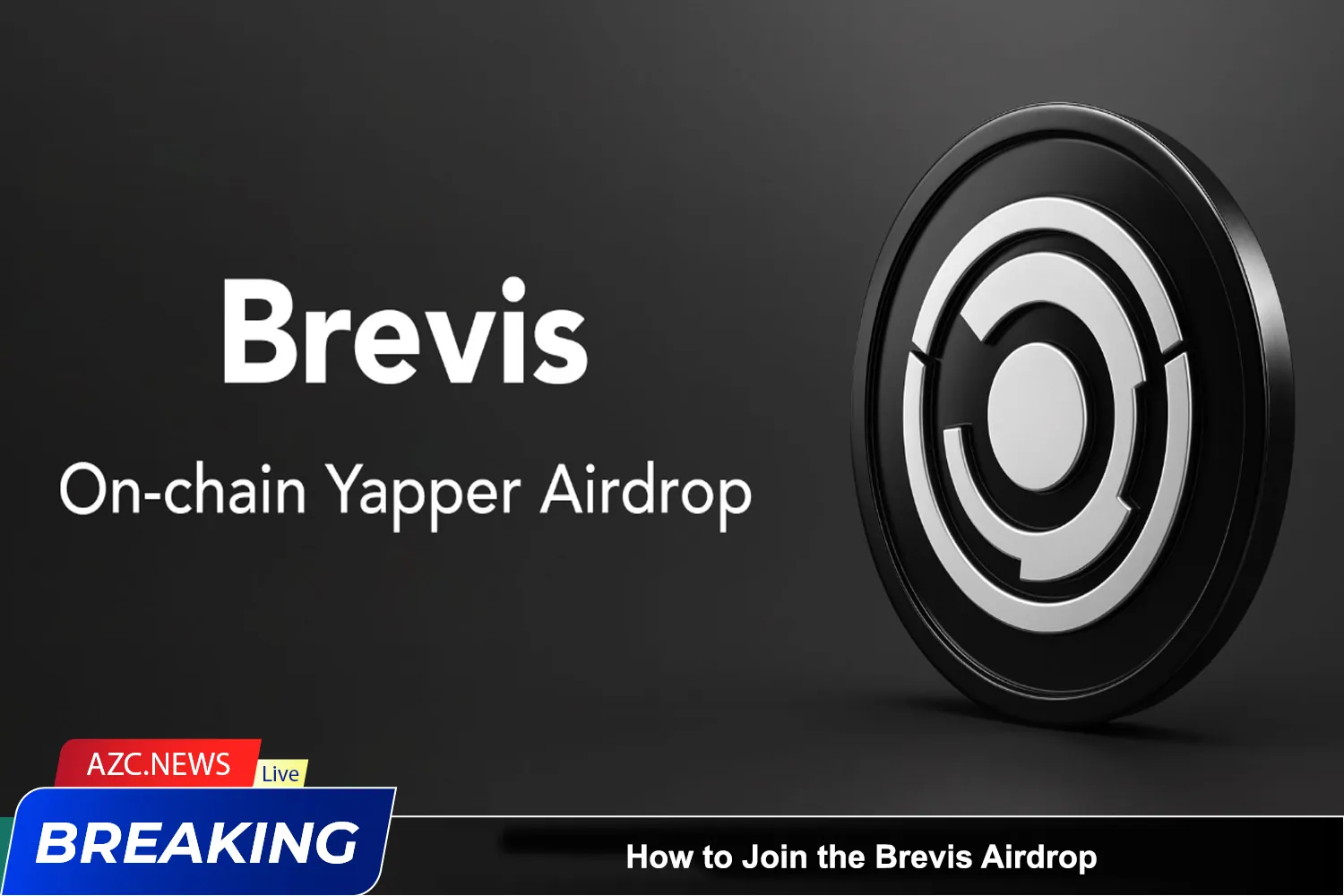In recent times, you may have heard a lot of people talking about “airdrops” in conversations related to cryptocurrencies or on social media. The fact that many people have received a substantial amount of money from airdrop programs might leave you wondering if this is indeed true. To answer this question, follow this article by AZC News. We will provide you with an overview of what crypto airdrops are, some prominent cases of cryptocurrency airdrops, and why many projects use airdrop programs.
What are Crypto Airdrops?
A cryptocurrency airdrop is the distribution of a certain amount of cryptocurrency assets, such as tokens or digital coins, often for free, to multiple wallet addresses, without any specific requirement. Airdrops are typically associated with the launch of a new cryptocurrency or DeFi protocol, primarily as a way to attract attention and new followers, leading to a larger user base and wider circulation of the new tokens.
The ultimate goal of a cryptocurrency airdrop is to increase awareness and circulation of new tokens or coins.
The main types of crypto airdrops

Main Types of Airdrops Categorized by the reward
Currently, there are two main types of airdrops: Token Airdrops and NFT Airdrops.
Token Airdrop:
A cryptocurrency platform, such as a decentralized exchange (DEX), decides to create a native token. To reward their current user base, the project will send a portion of the total token supply to users’ wallets based on the volume of trading they have done on the platform. This token acts as an incentive to keep users engaged and prevent them from switching to competitors.
NFT Airdrop:
An NFT project may want to generate interest in selling their current NFTs by promising holders of these NFTs that they will receive an airdropped NFT in the future. This drives up demand for their current NFTs and keeps the community eagerly awaiting the next NFT drop.
Categorized by the distribution method
Standard Airdrop
In a standard cryptocurrency airdrop, participants who wish to receive the airdrop simply need to express their interest in receiving it. Individuals must provide a valid wallet address, and some airdrops require no additional information beyond this.
Standard airdrops often have a specific number of tokens to distribute with limits on the number of tokens each individual can receive, making some standard airdrops time-sensitive and brief in duration.
Bounty Airdrop
Reward-based cryptocurrency airdrops occur when users perform specific tasks. These tasks often require users to increase awareness of a project by sharing content about it on social media, tagging the company, or reposting recent project tweets. There may also be referral bonuses or search fees for individuals who recruit other users, subscribe to the project’s newsletter, or join the company’s Discord channel.
In exchange for completing these tasks, users typically earn points equivalent to the reward they receive. Users may also be required to earn a certain number of points before qualifying for an airdrop.
Holder Airdrop
Holder airdrops of cryptocurrency occur automatically based on who holds the existing tokens and the number of tokens they hold. Because wallets and blockchain information are part of a publicly distributed ledger, all blockchain users have complete transparency regarding wallets and token distribution.
Exclusive Airdrop
An even more selective type of airdrop, an exclusive cryptocurrency airdrop, happens when specific individuals are chosen individually for an airdrop. The difference is that these selections may not be based on the number of tokens they hold but on other factors such as time spent with a project, the majority of funds spent on activities without tokens, or the number of posts in the forum. Exclusive airdrops are even more focused on rewarding those closest to the project and may extend airdrops to wallets that may not contain any tokens.
Raffle Airdrop
Some types of airdrops can be combined with a lottery-style airdrop. Typically, a project will specify the number of airdrops they intend to distribute and encourage individuals to earn a lottery ticket. These tickets can be earned by holding tokens, earning points, or simply expressing interest.
In the end, the number of individuals interested in the airdrop usually exceeds the number of airdrops the company intends to provide. As a result, a lottery takes place, and a limited number of wallets are randomly selected to receive the airdrop.
Why Crypto Airdrops Exist
The primary reason for organizing cryptocurrency airdrops is to promote a startup company, project, or blockchain service. By issuing tokens to users, the group can kickstart their project and ensure a fair distribution of tokens within their community from day one. Furthermore, recipients of these tokens are incentivized to increase awareness and help the project reach a wider audience once the token starts trading on exchanges. The more interest there is in the token, the more likely it is to appreciate in value.
Airdrops often attract attention through launch announcements on the project’s website, cryptocurrency forums, and by leveraging prominent influencers in the cryptocurrency market.
Prominent Airdrop Projects
Uniswap: On September 17, 2020, the Uniswap exchange announced it was giving away free UNI tokens to users who had interacted with the platform through trading or providing liquidity before September 1, 2020. Each user could receive 400 UNI, valued at around $2,000. This event led to major exchanges like Binance, OKX, Coinbase listing and trading UNI tokens, causing its value to spike shortly after.
1inch: In competition with Uniswap, 1inch also announced a retroactive distribution of over 15 million 1INCH tokens to users who had engaged with their platform from the end of 2020 to early 2021.
dYdX: The decentralized derivatives exchange, dYdX, allocated 7.5% of its total supply (equivalent to 75 million DYDX tokens) for a free airdrop to users who had previously used the exchange. The rewards ranged from 310 DYDX to 9,529 DYDX, depending on a user’s trading volume. Over 64,000 qualifying wallet addresses received tokens in this retroactive airdrop, making it one of the largest DeFi airdrops in history.
Optimism: Ethereum’s Layer-2 solution introduced the OP token and announced an airdrop for users who had actively supported the platform. Over 250,000 qualifying wallet addresses were based on standard contribution rules to the ecosystem.
Arbitrum: Another Layer-2 solution project, Arbitrum, announced an airdrop for users at the end of March this year. The ARB airdrop amounted to 1.162 billion ARB, representing 11.62% of the initial supply.
Read more: What is AZCoiner? How to Receive AZCoiner Airdrops
Conclusion
Crypto Airdrops are an excellent way to market a project. They can attract significant attention, raise awareness of a project’s products and services, and even allow some investors to enter the cryptocurrency market with minimal or no initial capital.
The above is an overview of cryptocurrency airdrops that AZC News aims to provide to you. We hope this article is helpful to those who are researching crypto airdrops to begin their journey in this field. Don’t forget to follow us to stay updated on other articles about airdrops and the cryptocurrency field.








